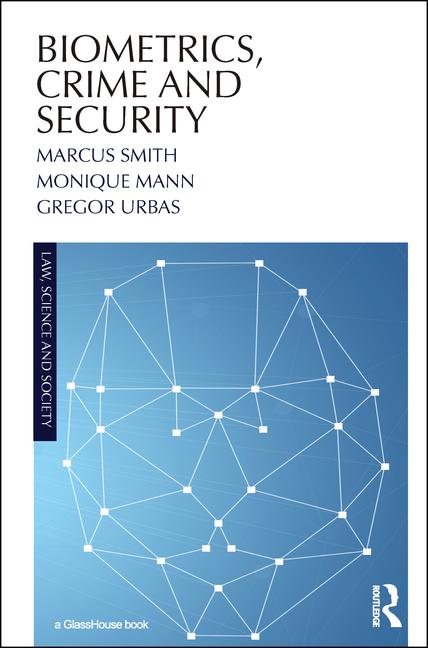A new survey reveals that a majority of organizations are not following incident response best practices and are not well prepared to face the challenges of today's advanced cyber threats.
RSA, The Security Division of EMC released the results of a new global breach readiness survey that covered 30 countries and compared those global results with a survey of the Security for Business Innovation Council (SBIC), a group of top security leaders from the Global 1000. Using the SBIC as a benchmark, the report provides quantitative insights into real-world security practices and highlights gaps in technology and procedure as well as prescriptive advice from the SBIC for how to best close those gaps.
The survey focused on measures within four major areas of breach readiness and response, Incident Response, Content Intelligence, Analytic Intelligence, and Threat Intelligence. The results suggest that organizations continue to struggle with the adoption of technologies and best practices that will allow them to more effectively detect, respond to, and disrupt the cyberattacks that turn into damaging breaches.
Incident response is a core capability that needs to be developed and consistently honed to effectively face the increasing volume of cyberattack activity. The survey results indicate that while all leading edge SBIC members have developed an incident response function, 30 percent of at-large organizations surveyed do not have formal incident response plans in place. Furthermore, of those who do have a plan, 57 percent admit to never updating or reviewing them.
Content Intelligence in the survey measured awareness gained from tools, technology and processes in place to identify and monitor critical assets. While all SBIC members have a capability to gather data and provide centralized alerting, 55 percent of the general survey population lacks this capability rendering them blind to many threats. Identifying false positives still proves a difficult task. Only 50 percent of the general respondents have a formal plan in place for identifying false positives while more than 90 percent of SBIC members have automated cyber-security technologies and a process to update information to reduce the chances of future incidents.
Most organizations recognize that basic log collection through SIEM systems only provides partial visibility into their environment. In the general survey, 72 percent of survey participants have access to malware or endpoint forensics, however, only 42 percent of survey participants have capabilities for more sophisticated network forensics, including packet capture and net flow analysis.
External threat intelligence and information sharing is also a key activity for organizations to stay up-to-date on attackers' current tactics and motives. The survey results indicated that only 43 percent of the survey participants at large are leveraging an external threat intelligence source to supplement their efforts. Finally, attackers continue to exploit known but unaddressed vulnerabilities in damaging breaches. Despite this common knowledge, the survey found that 40 percent of the general population does not have an active vulnerability management program in place, making it more challenging to keep their security programs ahead of attackers.








